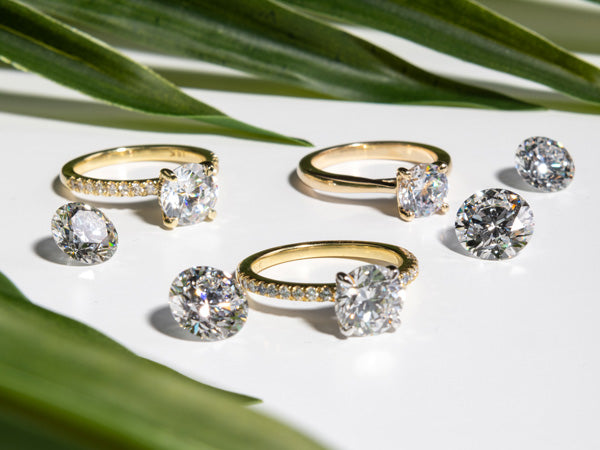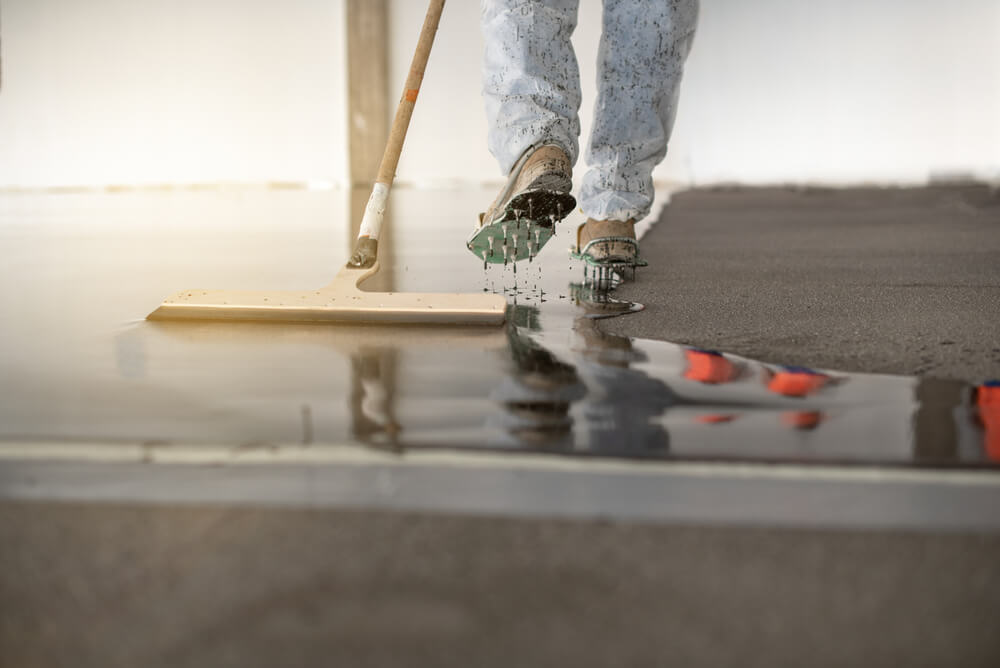
Lab grown diamonds, often referred to as synthetic or cultured diamonds, are becoming increasingly popular in the jewelry market. As consumers become more environmentally and ethically conscious, the demand for sustainable alternatives to mined diamonds continues to rise. Understanding the 4Cs of lab grown diamonds is essential for making informed purchasing decisions and appreciating their beauty and value.
Introduction to Lab Grown Diamonds
Lab grown diamonds are diamonds produced in controlled laboratory environments, replicating the natural conditions under which diamonds form in the Earth’s crust. These diamonds have the same chemical composition, physical properties, and optical characteristics as mined diamonds. However, they are created in weeks or months rather than over millions of years.
The 4Cs—cut, color, clarity, and carat weight—are the universal standards used to evaluate the quality and value of diamonds, including lab grown diamonds. Each C plays a crucial role in determining a diamond’s overall appearance, brilliance, and rarity.
Understanding the 4Cs
The 4Cs—Cut, Color, Clarity, and Carat Weight—serve as a comprehensive framework for assessing and comparing diamonds. Let’s delve deeper into each C to understand its significance in evaluating lab grown diamonds.
Cut: The Sparkle Factor
The cut of a diamond refers to its proportions, symmetry, and polish, which directly impact its ability to reflect and refract light. A well-cut diamond exhibits maximum brilliance, fire, and scintillation, creating the dazzling sparkle that diamonds are known for. The brilliance of a diamond is determined by its cut quality, making it one of the most critical factors in diamond evaluation.
Color: The Spectrum of Brilliance
Diamond color grading evaluates the presence of color in a diamond, ranging from colorless to light yellow or brown. Colorless diamonds are the most valuable, as they allow the greatest passage of light, resulting in exceptional brilliance and fire. The absence of color enhances a lab diamonds purity and transparency, accentuating its natural beauty.
Clarity: The Window to Purity
Clarity measures the presence of internal and external flaws, known as inclusions and blemishes, within a diamond. The clarity of a diamond is assessed under magnification and graded on a scale ranging from Flawless (no inclusions or blemishes visible under 10x magnification) to Included (inclusions visible to the naked eye). Higher clarity grades indicate greater rarity and value, as they signify a diamond’s purity and transparency.
Carat Weight: Beyond Size
Carat weight refers to the measurement of a diamond’s weight, with one carat equivalent to 0.2 grams. While carat weight is often associated with diamond size, it also influences a diamond’s value and rarity. Larger diamonds are generally more valuable, but carat weight should be balanced with cut, color, and clarity to maximize a diamond’s overall beauty and desirability.
The Advantages of Lab Grown Diamonds
Lab grown diamonds offer several advantages over mined diamonds, making them an attractive choice for environmentally and ethically conscious consumers. Unlike traditional diamond mining, which involves significant environmental disruption and social impact, lab grown diamond production is more sustainable and ethical.
4Cs Comparison: Lab Grown vs. Mined Diamonds
When comparing lab grown and mined diamonds, both types adhere to the same 4Cs standards. However, there are some differences in the characteristics and availability of lab grown diamonds compared to mined diamonds. Lab grown diamonds may exhibit slight variations in color and clarity due to the manufacturing process, but they offer excellent value and quality comparable to mined diamonds.
Popular Myths and Misconceptions
Despite the growing popularity of lab grown diamonds, there are still some myths and misconceptions surrounding their quality and authenticity. It’s essential to address these misconceptions with accurate information to help consumers make informed choices.
Consumer Tips for Choosing Lab Grown Diamonds
When selecting lab grown diamonds, consumers should consider their preferences and budget while lab grown diamonds 4Cs. By understanding the significance of each C and how it contributes to a diamond’s overall quality and value, consumers can make confident and informed decisions.
The Future of Lab Grown Diamonds and the 4Cs
As technology continues to advance, the future of lab grown diamonds looks promising. Innovations in diamond production techniques and increased consumer awareness are driving the growth of the lab grown diamond market. The 4Cs will remain essential benchmarks for evaluating diamond quality, ensuring that lab grown diamonds continue to meet and exceed consumer expectations.
Conclusion
In conclusion, the 4Cs—cut, color, clarity, and carat weight—play a vital role in evaluating the quality and value of lab grown diamonds. By understanding the significance.







